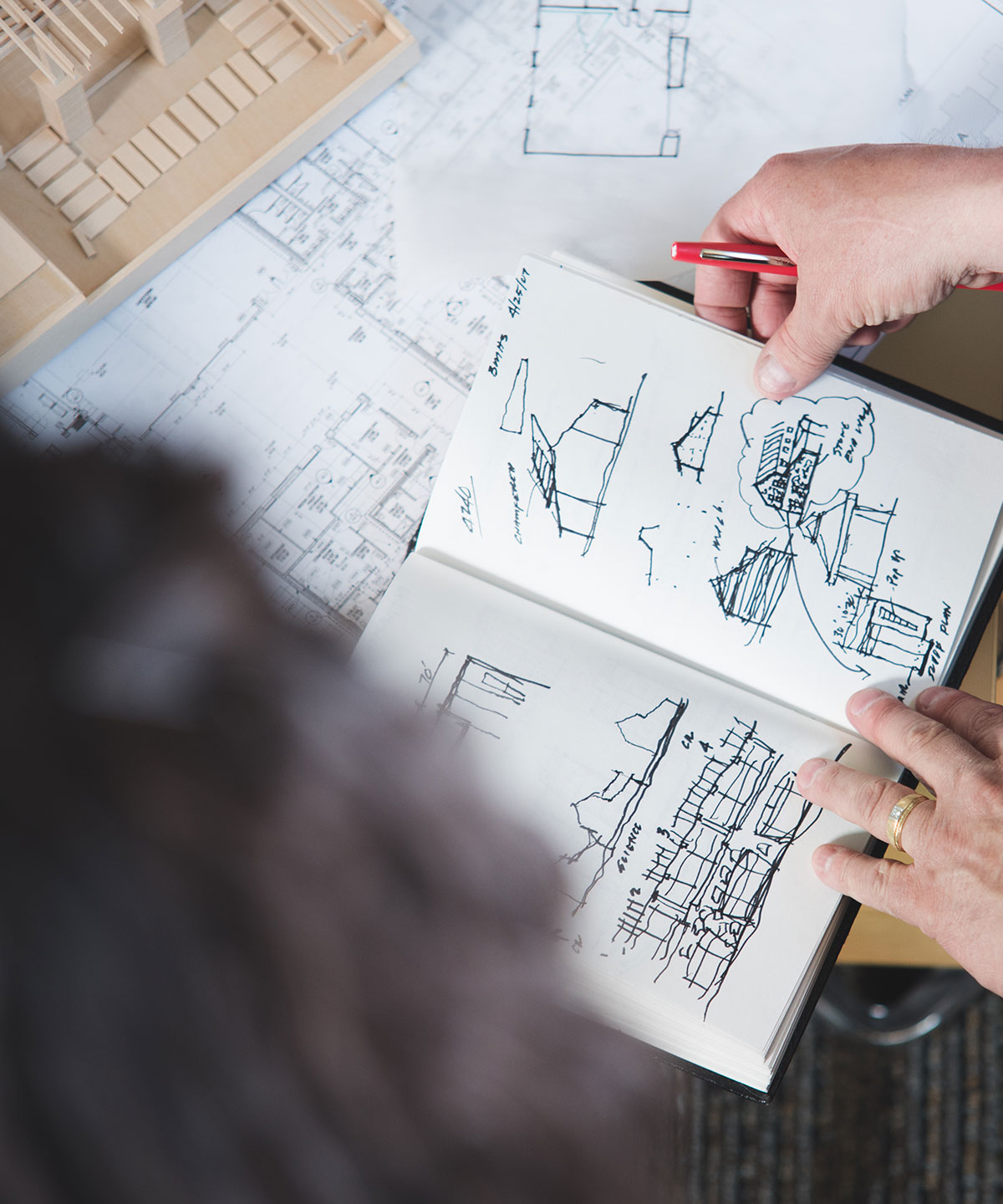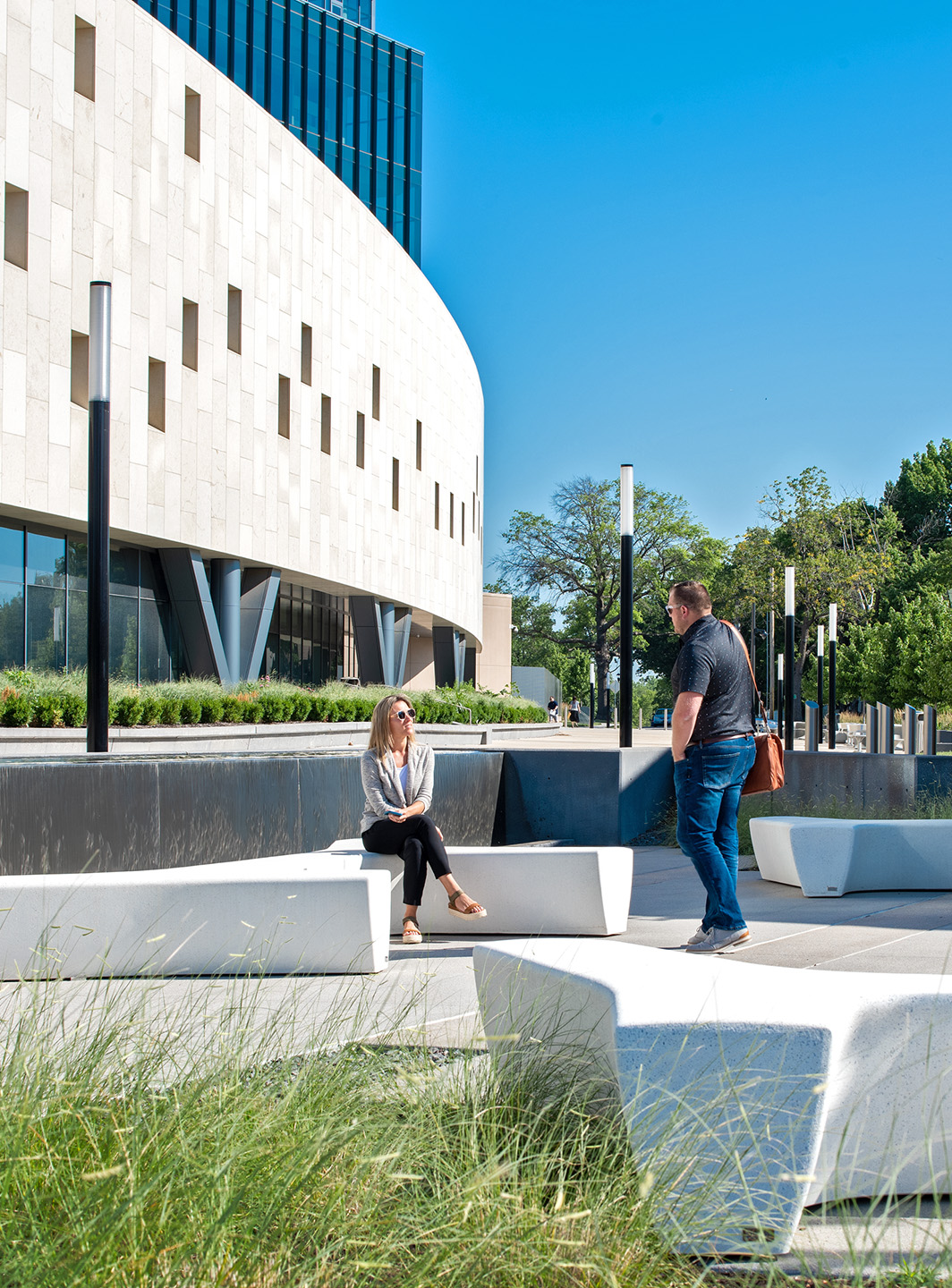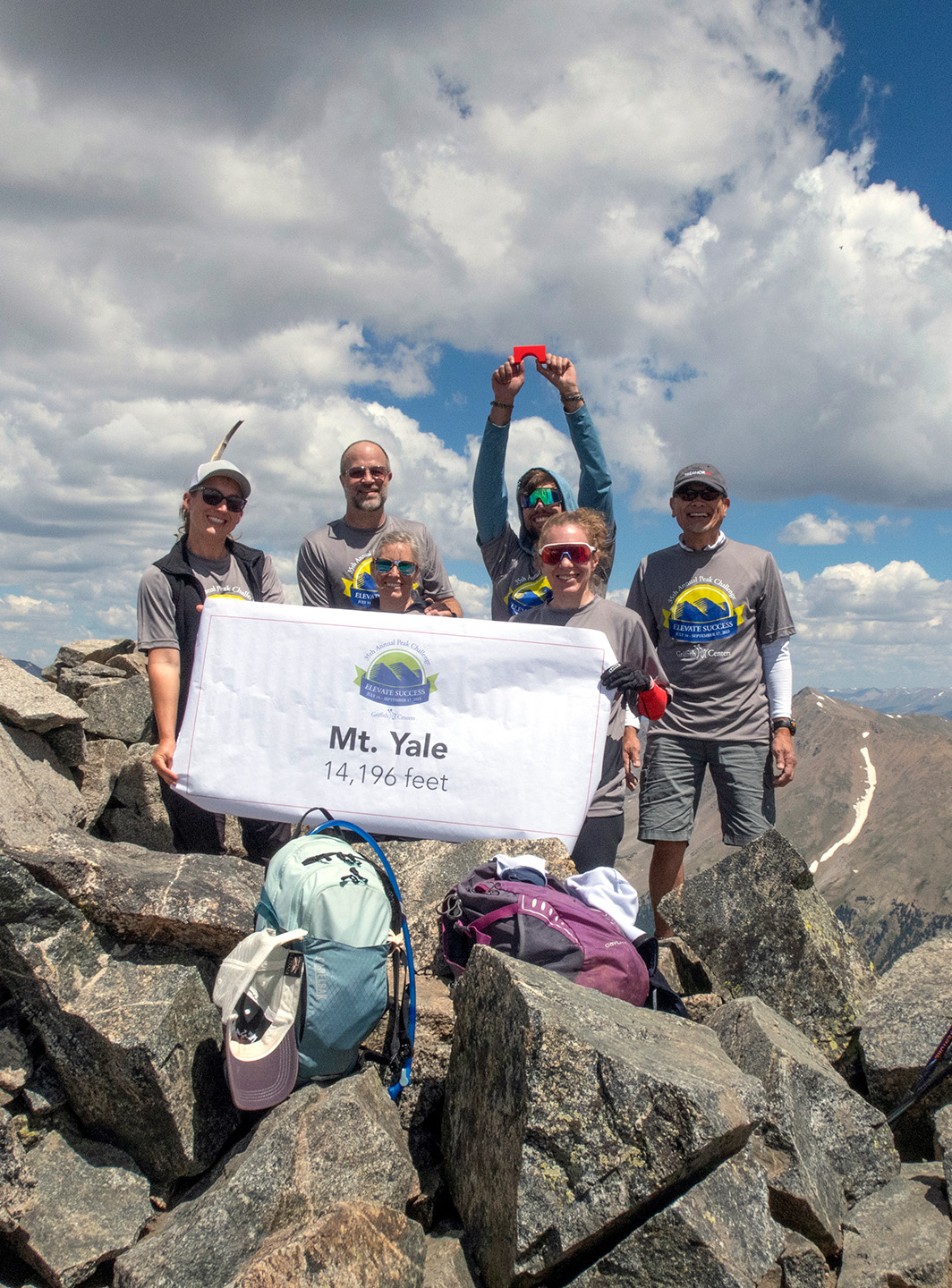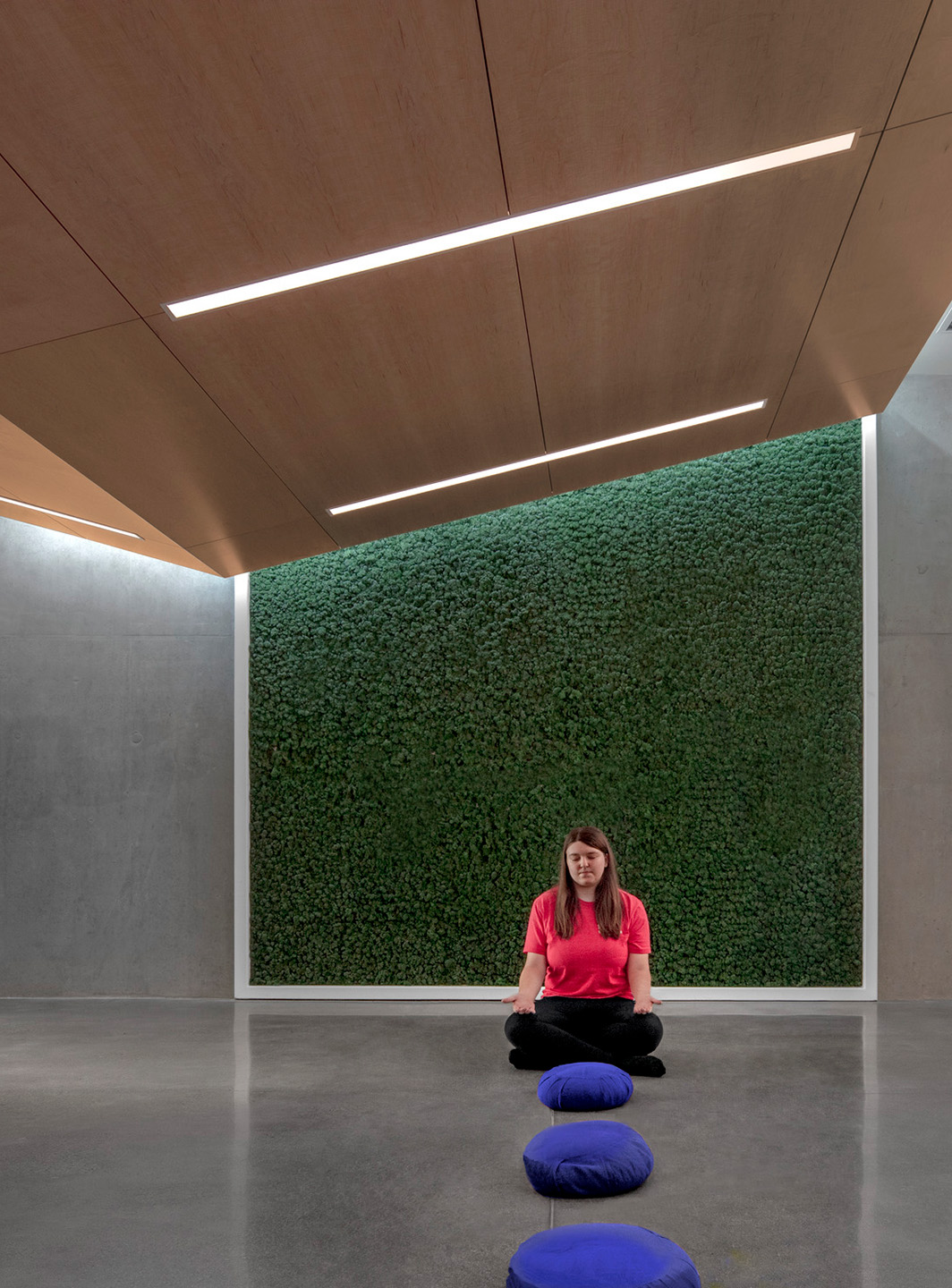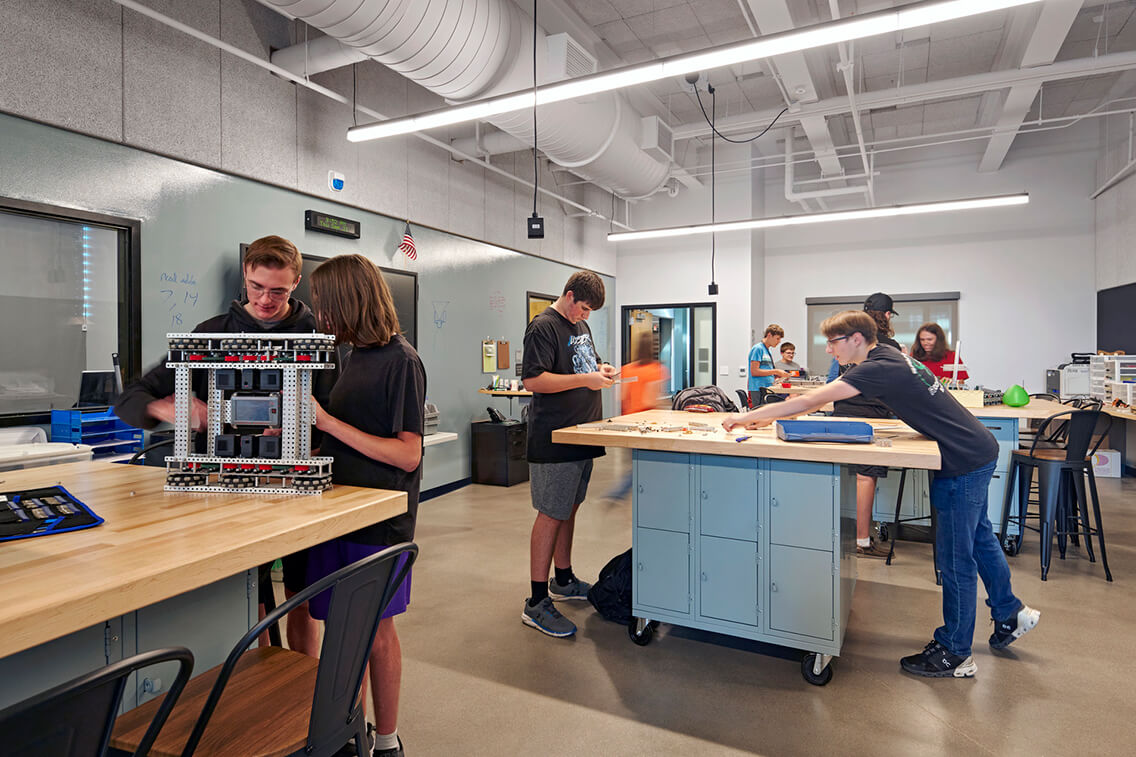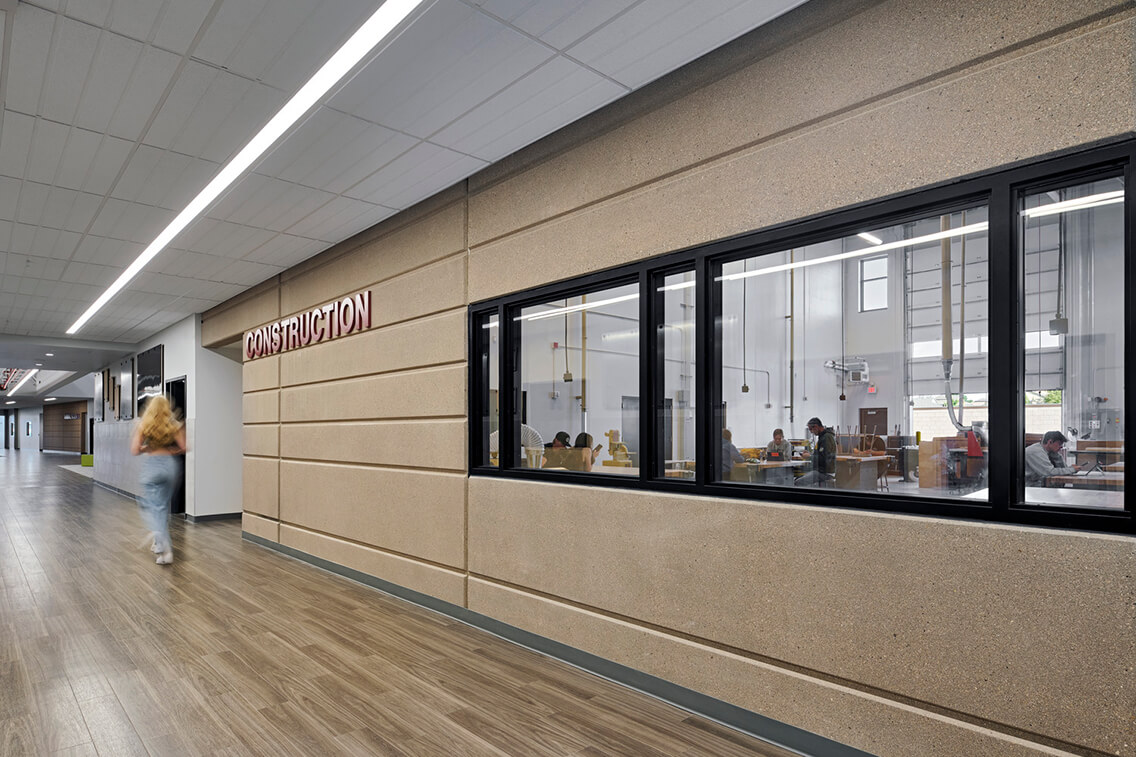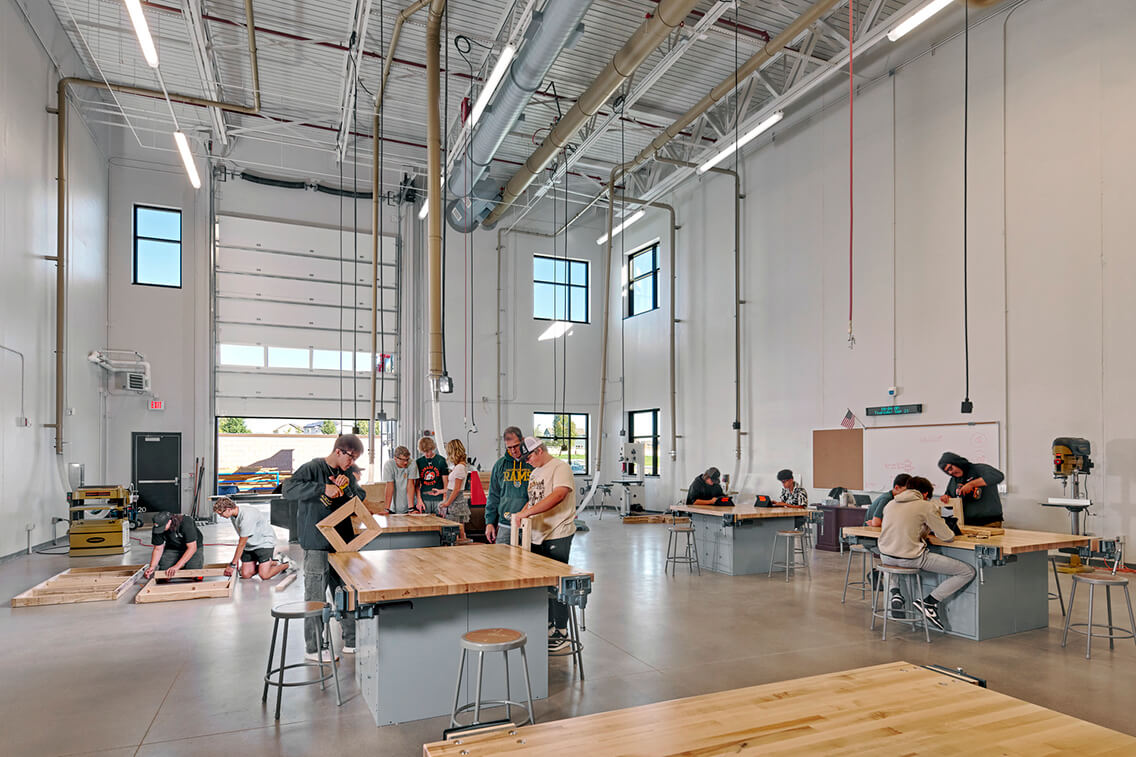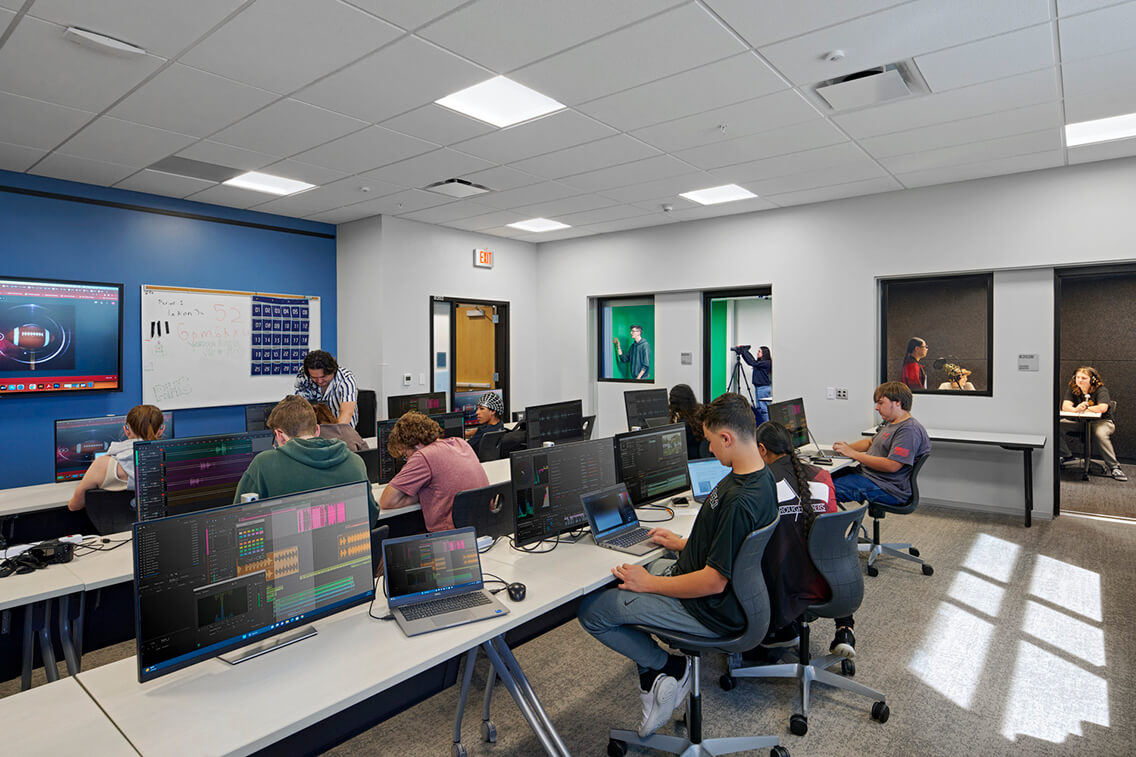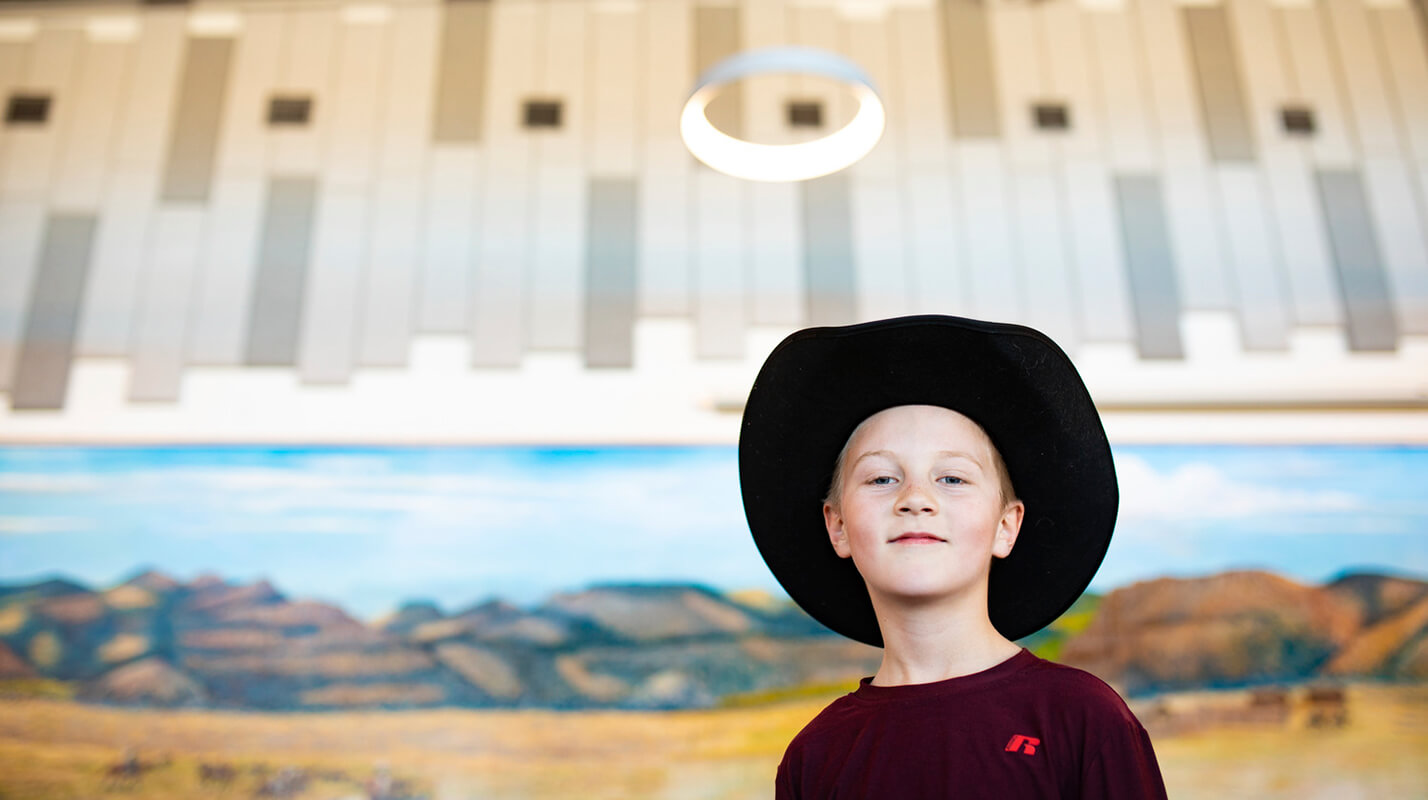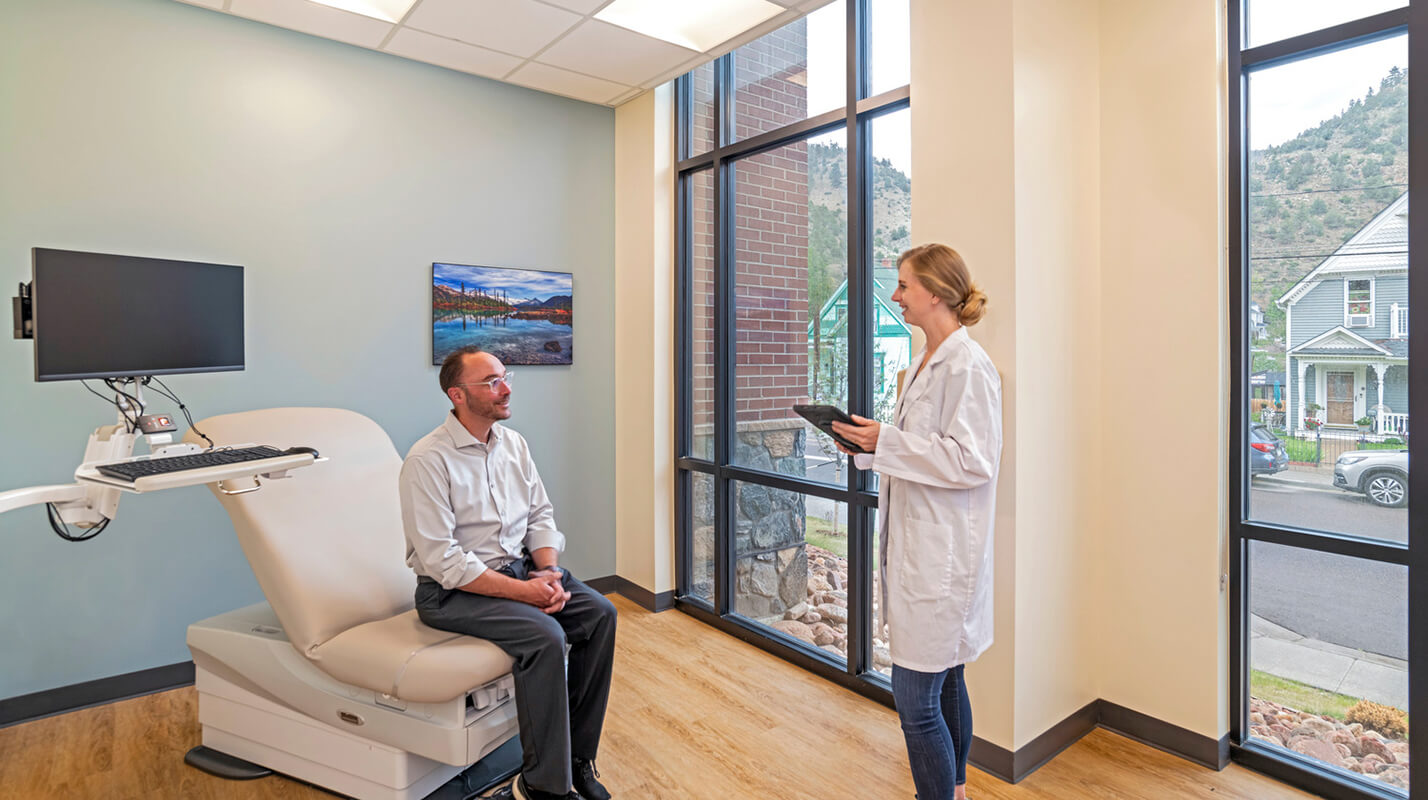Five design strategies to enhance CTE learning spaces
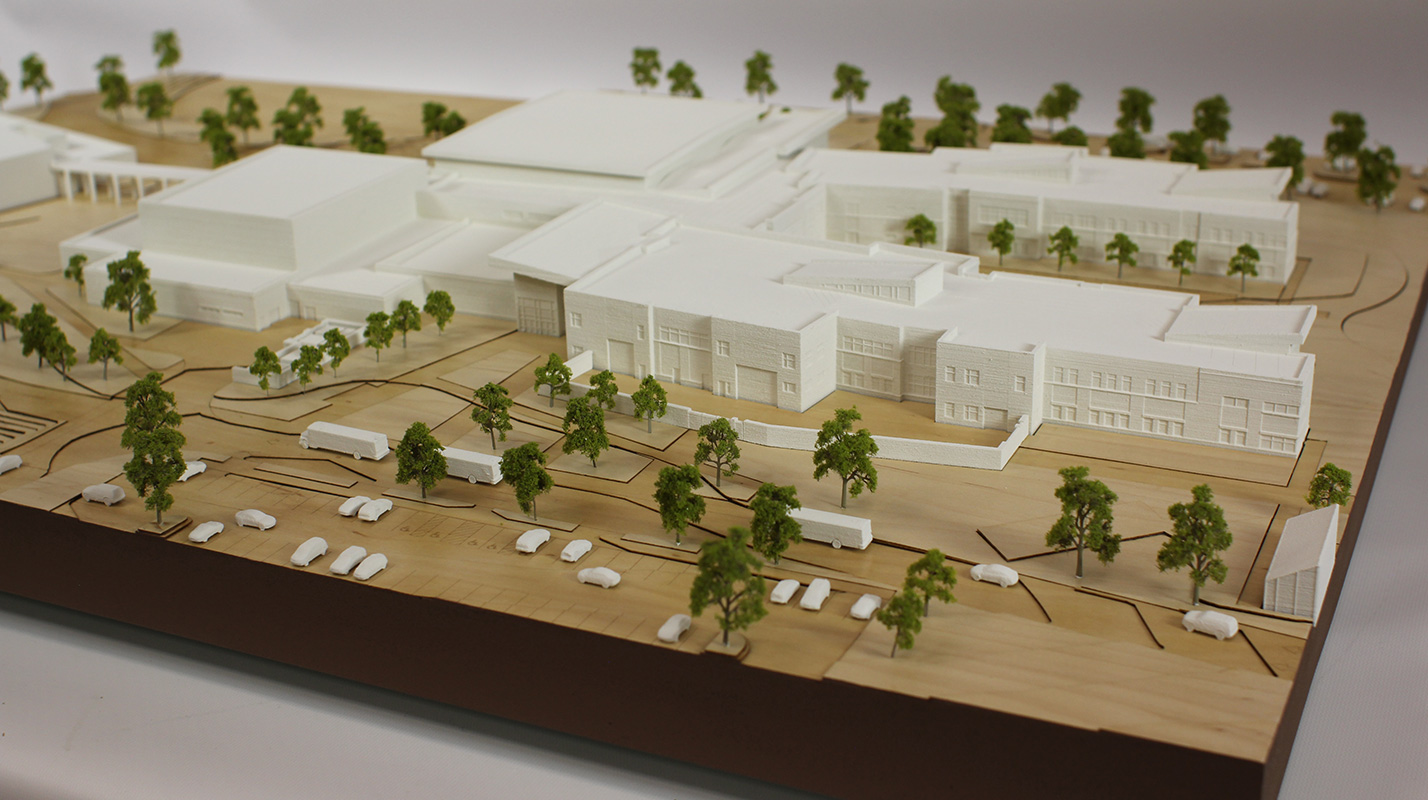
What is CTE?
Career Technical Education (CTE) provides students of all ages with the academic and technical skills, knowledge, and training necessary to succeed in future careers, according to Advance CTE, the longest-standing national non-profit that represents state CTE Directors and state leaders of Career Technical Education.
Back in the day, CTE students went to a remote corner of the high school for their classes. And, chances are, it wasn’t the “cool” thing to do and was perceived as a lesser financial career path to take. The physical separation of the traditional courses from the CTE classes created an us-and-them perception.
That separation was also a reflection of the prevailing idea at the time that anything less than a college degree was inadequate.
Times have changed.
Changes in higher education, the job market, and career paths have elevated the importance of having a strong, integrated CTE program.
A college degree is no longer seen as the golden ticket
Tuition rates have steadily increased, and student debt has piled up alongside it. The average student loan debt amount exceeds $35,000 in loans that they could be repaying for the next 15 to 20 years. While President Joe Biden cancelled more than $15 million of student loans since 2021 and paused repayments in 2022, the cost of a college education is significant and beyond the means of many students.
At the same time, demand for a college degree has waned. The tight labor market and competition for a highly skilled workforce have led to a trend toward competency-based hiring. Even well-known companies like Apple, Google, IBM, and Penguin Random House have dropped degree requirements.
The role of CTE has evolved
CTE is a viable, sometimes even preferred, pathway to a wide range of high-wage, high-skill, high-demand careers. Across the United States, there are about 12.5 million high school and college students enrolled in CTE courses that prepare learners for the world of work. These courses introduce them to workplace competencies, and make academic content accessible by providing it in a hands-on context, says Advance CTE. The high school graduation rate for CTE concentrators is about 90%– 15 percentage points higher than the national average.
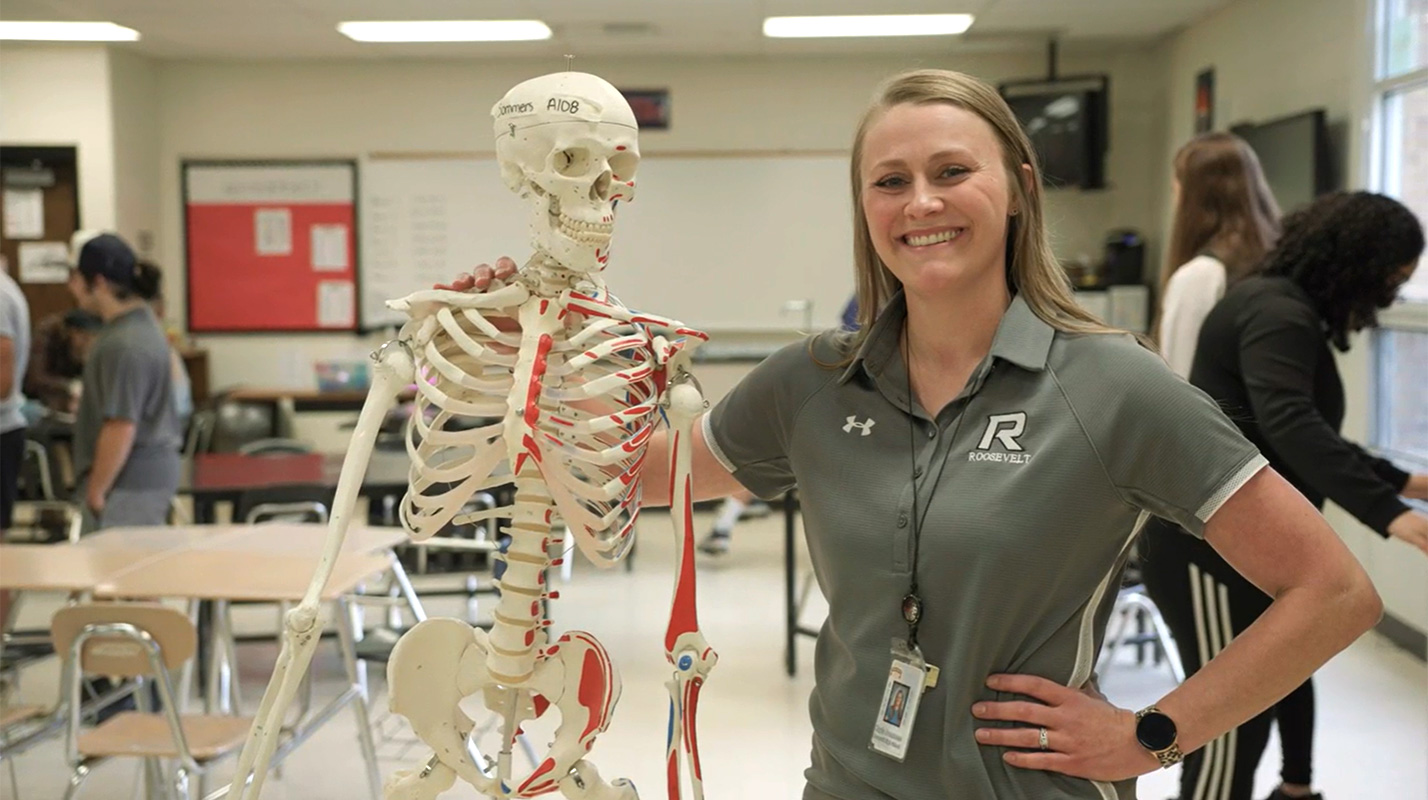
These programs are increasingly engaged in community and business partnerships, connecting students with training for in-demand jobs right where they live. It strengthens the local labor market, builds the economy, and helps the community retain talent and maintain a steady population.
CTE is becoming increasingly integrated with the general high school curriculum, providing opportunities for all students to benefit from the courses. The hands-on nature of CTE training aligns with the project-based teaching approach in today’s classrooms. Even college-bound students can benefit by exploring career opportunities that will help them make an informed decision about a major and, in some cases, earn college credit for their CTE courses.
The 21st-century need for skilled workers is transforming how CTE spaces are planned and designed.
Designing for CTE at Roosevelt High School
Rural Johnstown/Milliken, Colorado, voters rejected a school bond/mill levy proposition in 2019 that was for a new middle school and land for a future high school. Since 2018, the Weld RE-5J County School District had promoted expanding the CTE program, and the 2019 bond would have pushed CTE enhancements further into the future.
“The community really wanted a high school and an expanded CTE program,” said Sara Hall, school board member. “We also addressed teacher salaries, and CTE also offers more opportunities for teacher excitement and motivation.” “It made sense rather than to sit CTE into an existing school, why not build the school around the program,” Sara says.
In November 2020, the Bond and Mill Levy Override (MLO) was approved, which funds projects that promote innovative learning experiences and modernize facilities and equipment. A new Roosevelt High School (RHS) was to be constructed at a new site, with the existing building to be converted into a middle school.
Treanor partnered with Adolfson & Peterson Construction on the new $106 million Roosevelt High School (RHS), a 226,000- square-foot design/build project that serves 1,300 students.
RHS is designed as a career pathway-focused high school with expanded learning opportunities. It doubles the advanced placement (AP) courses, provides more than 20 courses that offer dual high school and college credit, and integrates an innovative CTE program. The comprehensive high school is organized in the four paths of Health & Justice, Engineering & Technology, Hospitality & Business, and Skilled Trades & Agriculture. Each has its own dedicated zone in the school layout.
“We have deep roots in the community and the Sauer Family, with multiple generations of RHS alums, generously donated 65 acres for the new campus,” says Sara. “First and foremost, we could not have done this without our voters’ approval. We have been fortunate and want to help prepare students for their best possible future, meeting them where they want to be to help them succeed.”
Five key CTE-integrated design strategies for RHS
1. Engage the community in the planning process
Treanor’s design team had a solid understanding of the district’s mission going into the project. But to really serve the community at large, we knew it was essential to hear other voices and get different perspectives.
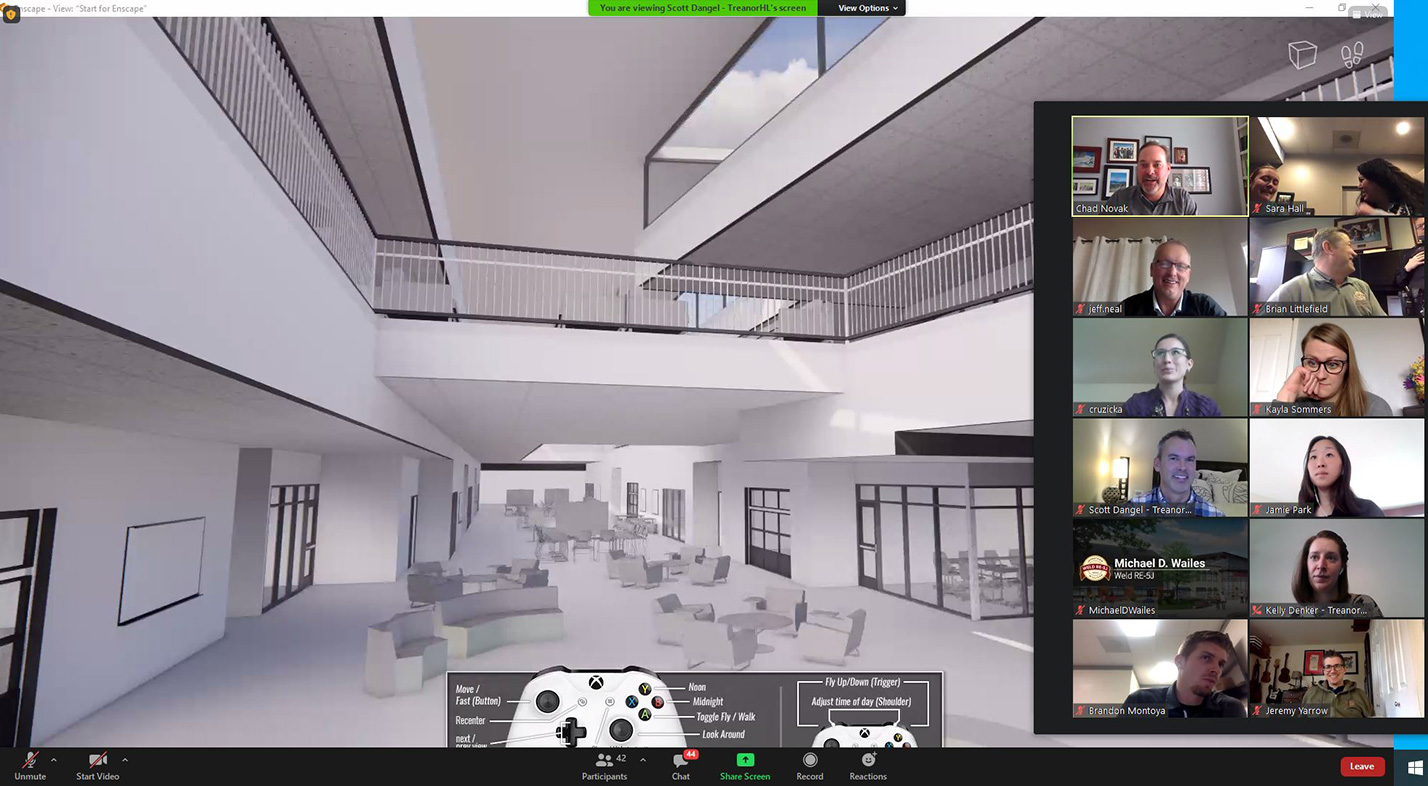
“We assembled stakeholder groups and engaged them in a collaborative process to develop the core values and goals for the project. Then, we got input from the group every step of the way through live polling, school tours, 3D gaming walk-throughs, surveys, detailed user group meetings, and student involvement.”
“We’re accustomed to working with school district CTE pathway programs and partnerships,” says Stephanie Evans, Treanor education studio principal. “This is the first time in Colorado when the school is the anchor of a community’s development. Instead of the community reaching out to the school, the school is reaching out to the community in a completely new type of connection.”
When CTE-integrated facilities are designed with the local community, everyone benefits from more employable students and stronger businesses that result in thriving communities.
“We toured other schools, and the most interesting part was to show the design team things we liked and didn’t like, and then watch them form our dream and put it into reality,” says Sara. “The teachers went on school tours based on their interest and have helped set up their spaces to make their classrooms the best for their subject—like where to store chemistry glassware, where to lock up biology chemicals, how to make performing arts spaces flexible, and even work out how to make the wrestling mats fit best.”
2. Reimagine the facility’s role in creating a learning environment
Weld RE-5J County School District’s administrators are intentional about creating a career development journey for all students. RHS is designed to facilitate that journey by putting learning on display.
In other words: you have to see it to be it. At Roosevelt, CTE programs are integrated with the general curriculum to give students exposure to a range of learning experiences and career opportunities.
“One of our biggest challenges was to remain focused on the specific programs that matched community needs,” says Stephanie. “We determined the CTE programs to encourage students to stay in Johnstown/Milliken. Each community has to answer its own questions, and it’s not just watching what other large metropolitan districts are doing.”
“We know that small communities have limited resources, and we wove both career and technical spaces together for everyone’s benefit.”
Scott Dangel, Treanor principal and project planner/designer
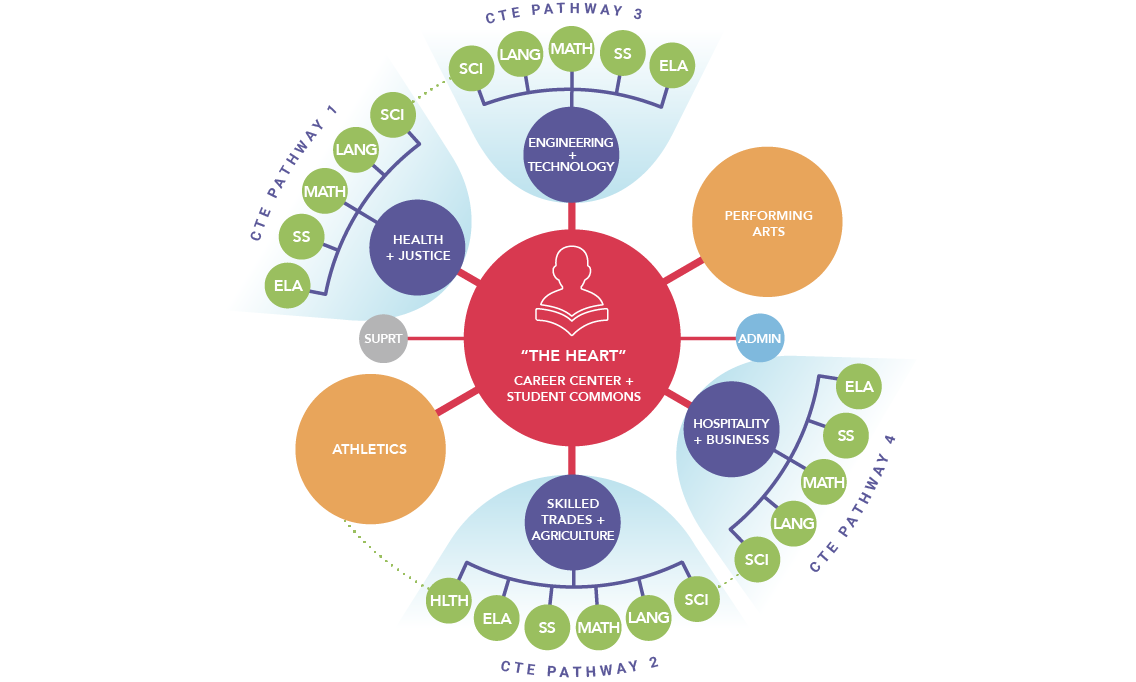
The pathways are all situated around a central common area (“the heart”), making the labs and workshops visible to all students, sparking curiosity, and raising awareness of career paths. “Our goal is to find ways for real learning and put technical skills on display, so what students create and see are tangible,” says Rebecca Albert Vollrath, District CTE coordinator and assistant principal at RHS.
3. Design for modern educators and students
It was imperative to design flexible and adaptable spaces that are consistent with the way teachers educate and students learn today.
Teachers don’t “own” their classrooms anymore and as such aren’t limited by them. They share spaces and can choose the environment that best suits the learning opportunity. Students are involved in more group work and hands-on learning than traditional lecture-based instruction.
Adjacencies of spaces were planned with these factors in mind, and best practices that promote learning, like natural daylight, transparent/connected spaces, collaborative learning centers, and break-out spaces, were integrated throughout the facility to create a positive and diverse learning environment.
“We approached it kind of like a shopping mall for education,” says Scott. “Students walk by labs that showcase different careers, and possibly something they never knew about. This opens opportunities for students in the normal school setting, not in a space that’s in a completely different area of the building or even a different campus.”
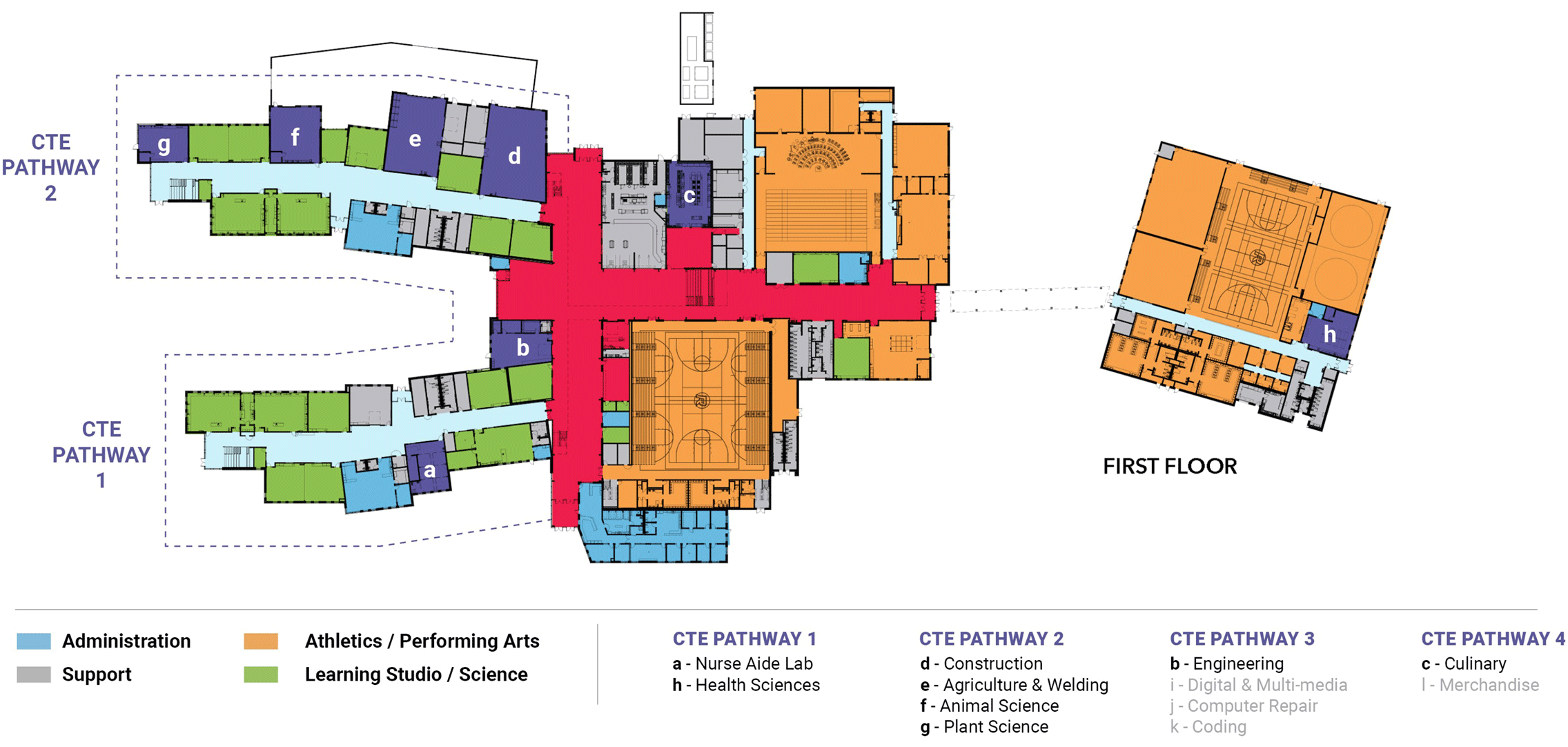
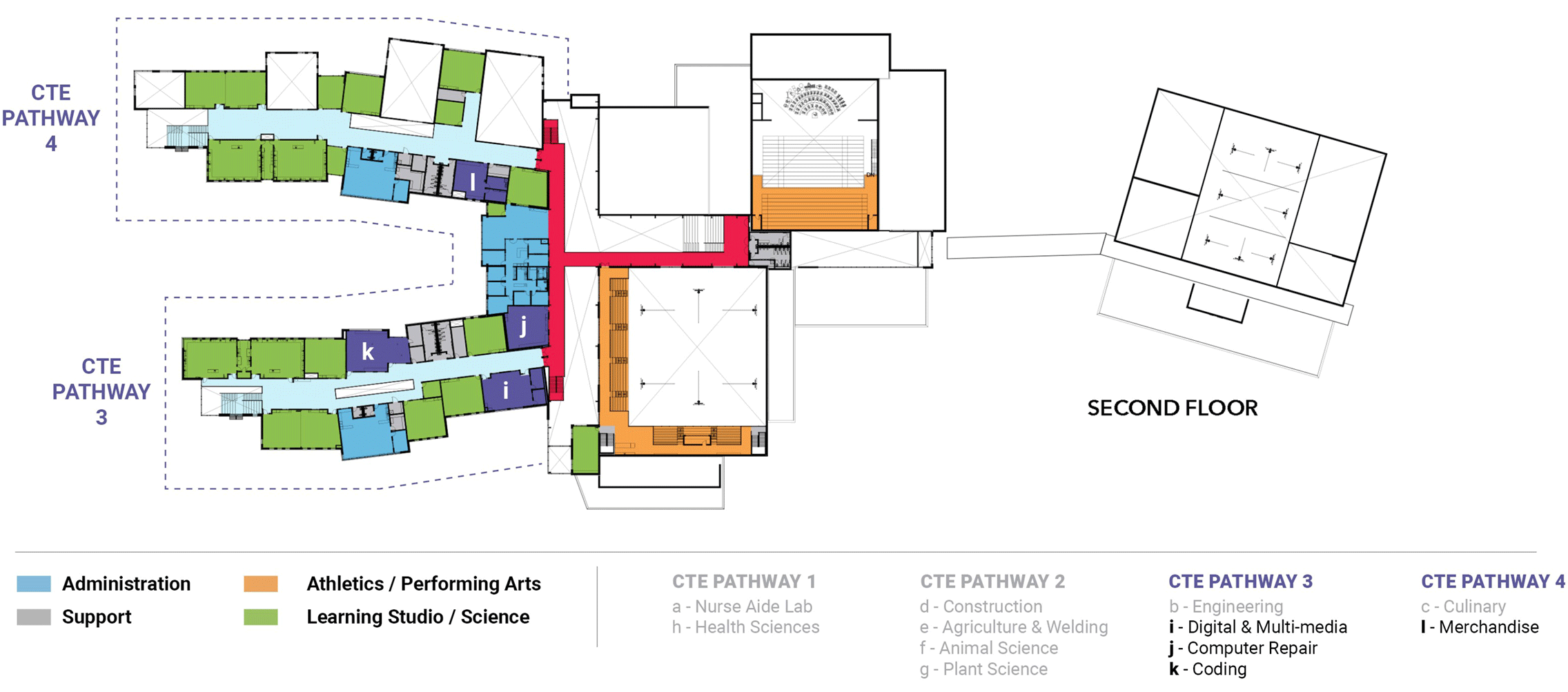
4. Think outside the school
RHS was designed to be the heart of the Johnstown/Milliken community. The school wanted to do more than draw people together; they also wanted to facilitate opportunities to reach out.
The 65-acre campus is part of a 240-acre mixed use development that has a mix of commercial and business zoning that will enable mutually beneficial partnerships between businesses and the school. Companies will have access to a trained employee base, and students will have the opportunity to complement their education with real-world work experience. “We want to keep students in the area,” says Vollrath. “Where we live is amazing, and we want our students to have opportunities in this area.”
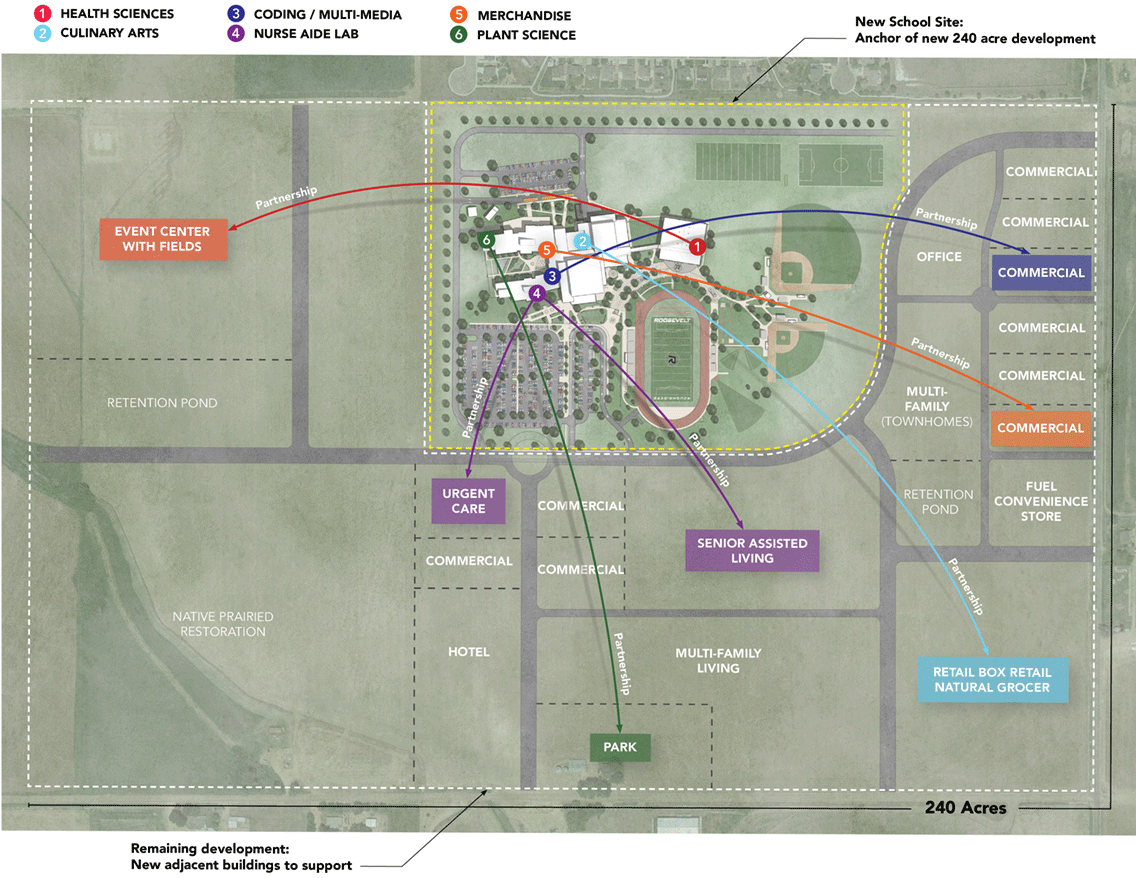
Roosevelt’s pathway program opens opportunities for students to explore real-world career environments sooner rather than later, which provides a chance for more career-relevant jobs and experiences. Most freshmen and sophomore students cannot explore CTE classes if they are offered off-site since they might not have their own means of transportation. Roosevelt’s integrated focus allows younger students to learn and explore within the same facility.
In fact, businesses were engaged to solicit input on the curriculum. Budget is a consideration for every school district and building a facility that could accommodate every imaginable CTE program was untenable. Businesses helped the district align the career paths they offer with the employment demands in the community.
RHS has a CTE Advisory Board that comprises at least 51% industry partners who represent businesses in northern Colorado, including local restaurants, Aims Community College, and business professionals who are well-connected and advocate for the career pathways program.
5. Get creative with funding
The cost of CTE spaces can go beyond the grasp of most districts, even with local, state, and federal CTE grants and additional funding. Making a CTE-driven facility a reality can mean getting creative and resourceful.
In the case of RHS, the MLO funding structure set the stage for additional operating monies for the instructional program and other high-priority operating expenses to complement voter-approved bond measures typically used for new schools and facility improvements. The Sauer’s donated farmland was also an integral funding win.
Businesses that both align with and benefit from the CTE program are prime opportunities for funding partners, including B’s Coffee, Adolfson & Peterson Construction, Aims Community College, and Johnstown Community YMCA.
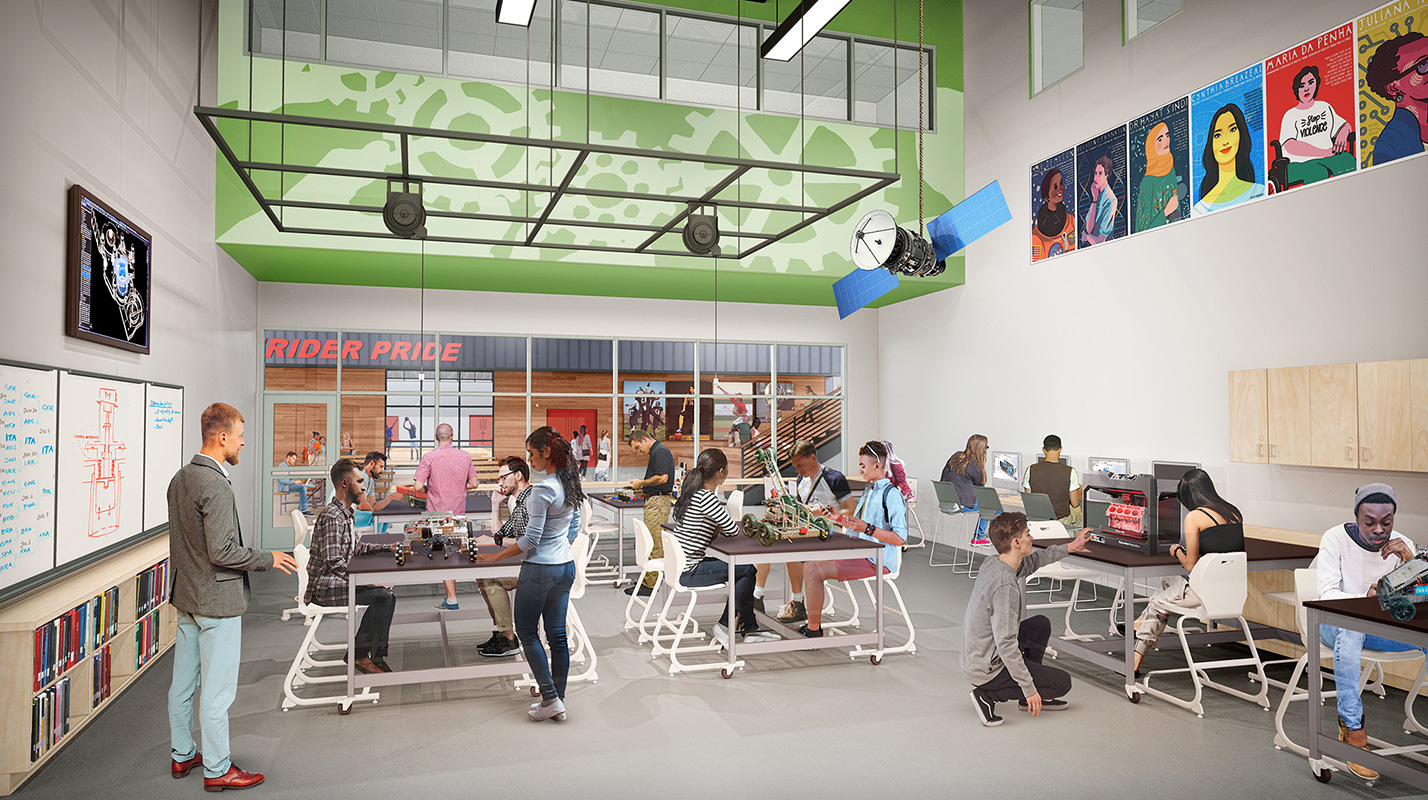
The school board has also reached out to local health organizations for health science, their athletic trainer works at a local orthopedic practice, and they received Building Excellent Schools Today ( BEST) Grant funding. BEST funds were established in 2008 and are used for the construction of new schools as well as general construction and renovation of existing school facility systems and structures.
Summary
Integrating and showcasing CTE elements in a facility elevates the educational experience for all students and prepares them for the 21st-century job market. Doing so also creates a way to build innovative and meaningful connections with businesses and the community. Forward-looking districts should consider the opportunities for CTE integration in their school systems, including the role of school and classroom design.
Endnotes
- Career Technical Education
- “Average Student Loan Debt: 2022 Statistics in the United States,” NitroCollege.
- “Student Loan Forgiveness Isn’t Coming. Here’s How Long It’ll Take to Pay Off Your Loans,” Kat, Trentina, Time, December 17, 2021.
- “Here Are 5 Major Changes For Student Loans in 2022,” Zack Friedman, Forbes, January 11, 2022.
- “Google, Apple and 12 other companies that no longer require employees to have a college degree,” Courtney Connley, CNBC Make It, October 18, 2018.
- Photography of Roosevelt High School Model provided by LGM3D
Authors
Stay on the leading edge
Stay up to date on emerging trends, research, hot topics, and more delivered conveniently to your inbox.
"*" indicates required fields
